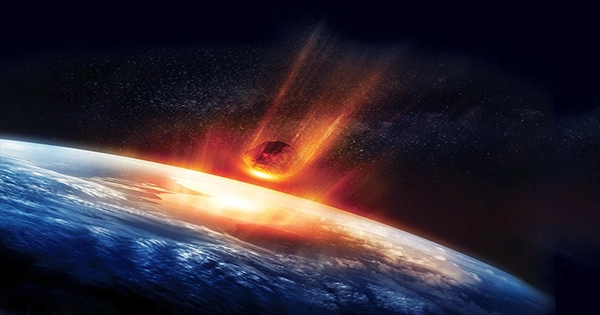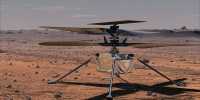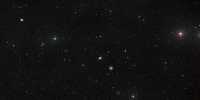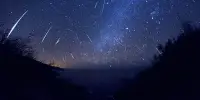The rocky asteroid (7482) 1994 PC1 will pass safely past Earth on January 18 at 9:51 p.m. UTC. The 1-kilometer (0.6 miles) long asteroid is potentially harmful since it approaches our planet quite closely and is large enough to inflict massive havoc if it collides.
Fortunately, it will pass closer to the earth than the Moon, at a distance of more than 1.98 million kilometers (1.23 million miles). This is the closest approach for at least the next 172 years, so we may rest confident that, despite its potential for harm, this space rock will not strike our planet anytime soon.
The next near approach under 5 million kilometers (3 million miles) will take place on January 18, 2105, while the one after that will take place on January 20, 2194. The asteroid will pass further away in both situations then it will in two weeks.
Robert McNaught of the Siding Spring Observatory in Coonabarabran, Australia, found the asteroid in 1994. However, observations of it date back to September 1974, twenty years before that. Astronomers have been able to determine its orbit precisely because to this lengthy arc of observations. Its close passing has fewer than 150 kilometers of uncertainty (93 miles).
Close approaches to planets, the moon, and the largest few main-belt asteroids are shown in the table below (such as 1 Ceres, 4 Vesta, and 10 Hygiea). Only approaches that are quite near and have a low level of uncertainty are considered. The CNEOS website has a consolidated table of all NEOs’ near encounters to Earth.
S-type asteroid (7482) 1994 PC1 is the second most frequent form of an asteroid after the carbonaceous C-type. They are rich in siliceous material, generally quite bright, and often consist of iron and magnesium silicates. If you want to see this space rock pass through the sky, you will need a powerful telescope. With a maximum magnitude of 10, even binoculars or the naked eye will not be able to see it. Near-Earth Object Coordinating Center keeps the track of all the objects.















